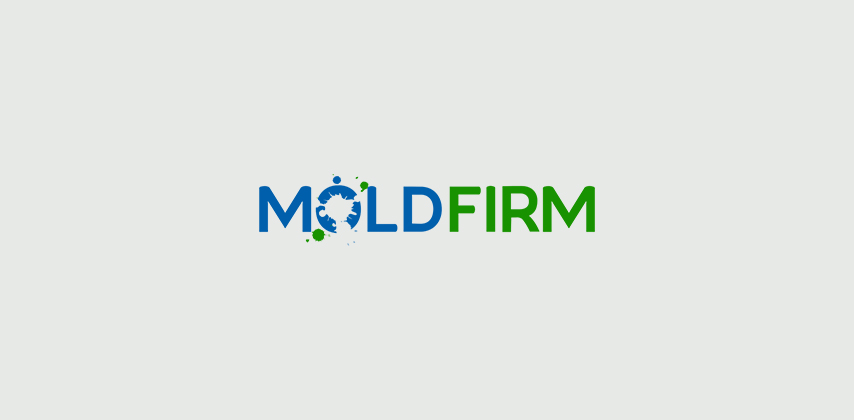Are you a Homeowner who experienced a financial loss because of construction defects?
Do Air Purifiers Eliminate Mold?

Do Air Purifiers Eliminate Mold?
Carson Jeffries: Good morning, I’m Carson Jeffries with the Mold Firm and I’m here today with long-time friend and owner of Air Allergen & Mold Testing.
Richard Johnson: My name is Richard Johnson and I’m the President/CEO of Air Allergen & Mold Testing.
The best thing is a good filter in the HVAC system. They have ratings on filters that can describe how small of a particulate can capture and including mold spores because mold spores basically a particulate. A filter with the equivalent of MERV 8 rating will capture particulate down as small as 3 microns. Most mold spores are 3 microns or higher. Aspergillus and Penicillium, for instance, are in the 3.3 micron range, stachybotrys is around 5 microns. So if you have at least a MERV 8 filtering furnace, you’re going to be reducing the amount of mold spores that are in the air. It’s not going to eliminate them but it’ll be healthier.
If you’re looking for the background particulate to the deterioration of the indoor environment there we recommend at least a MERV 10 filter because that will go down to 1 micron. And that will help filter out some of the background particulate as well. The problem that we see in Atlanta, there are no regulations of what kind of filters that the HVAC system should have. As a result, the vast majority of all of the places that we go into where they’re having respiratory problems have this fiber glassy see through filters that are statistically equivalent to no filter at all when it comes to helping the indoor air quality. And it’s particularly true in apartment buildings, where we see that the filters are – they’re useless in terms of filtering any of these kind materials out of the air.
Carson: Things that tenants and homeowners can do or landlords to reduce the probability for unhealthy particulates or mold would include better filtration, proper maintenance of the HVAC units and elimination of excess moisture such as leaks, pipe burst, things like that.
Richard: Absolutely. Water is not your friend in a built-in environment. If you have any kind of a situation where you have some really high humidity or causing that kind of thing in the indoor environment, you have a serious problem. And it doesn’t have to be directly in the indoor environment. If it’s a home, for instance, that has a crawl space, the crawl space is not conditioned or filtered and all that kind of thing. You have a perfect environment for a lot of mold growth. Then a lot of these places have the furnace in the crawl space. And if the furnace is not well sealed, it completely isolates the air from the crawl space from the home. What happens is, you have this breeding ground for mold and that kind of stuff gets drawn into the HVAC system. Then broadcast out through the entire home.

